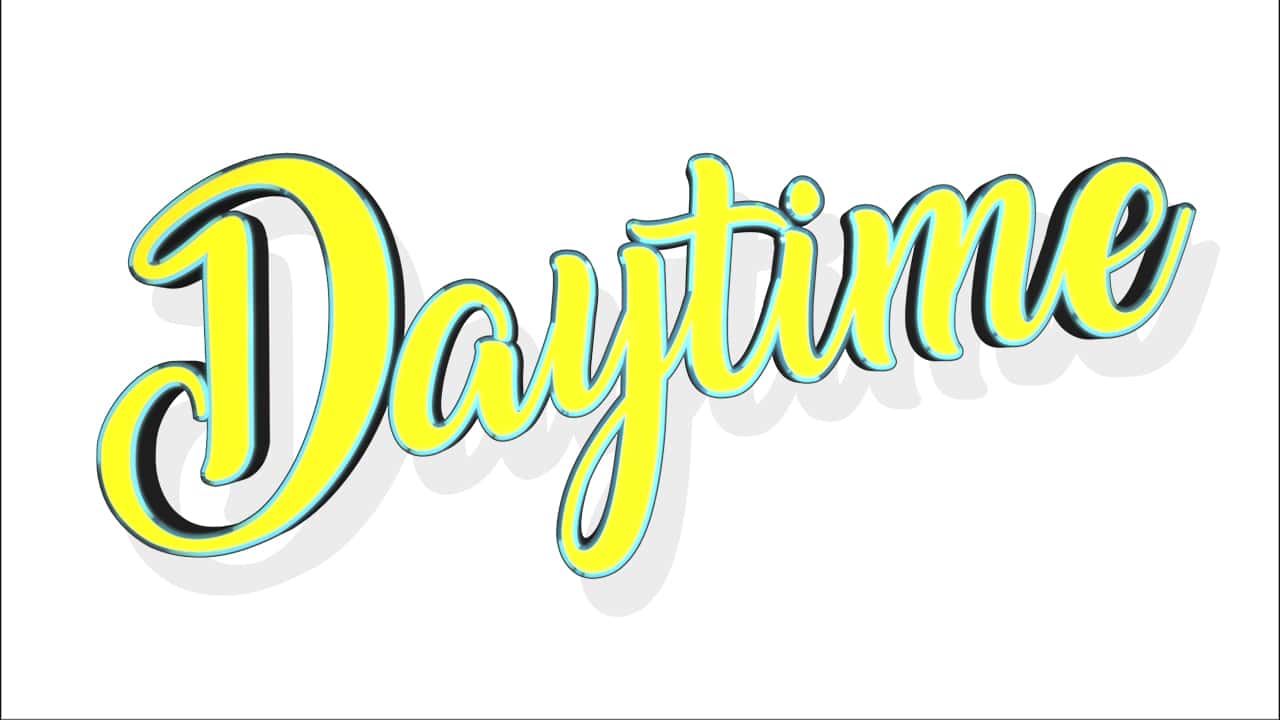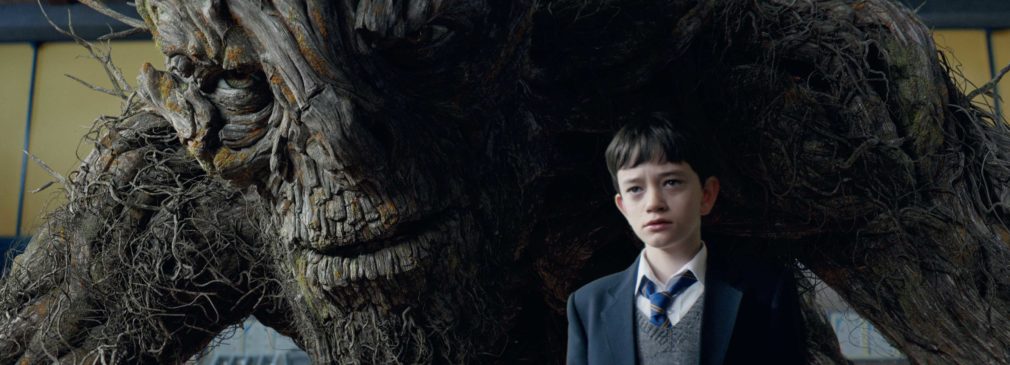
Share
Most imaginary friends might play hide and seek or tell you a joke. They tend to come in colors and in the shape of a rabbit or something otherwise fuzzy and warm. It isn’t so with the figurative playmate of Conor O’Malley, known only as The Monster. The Monster bursts forth from a centuries-old tree, ripping off every leafy branch until he’s an anthropomorphic figure of lifeless roots and bark. He doesn’t play games, but he does tell stories, only they’re not the kind that children—or adults, for that matter—would like to hear. “Kingdoms get the princes they deserve, farmers’ daughters die for no reason, and sometimes witches merit saving,” is what The Monster tells Conor.
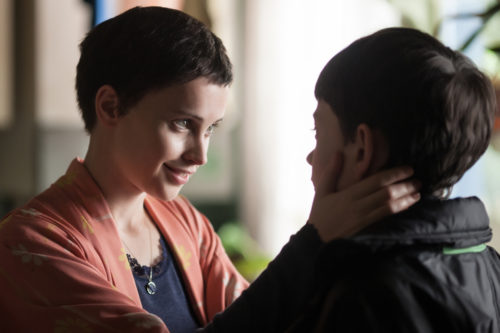
Conor (Lewis MacDougall) is 12-years-old—deep into the no-man’s land between childhood and adulthood. His daily beatings by the school bullies are as reliable as lunchtime or math class; he doesn’t fight back or resist, but has grown accustomed to taking a punch. Perhaps, this skill is partially a result of his home life, where his mother (Felicity Jones) is slowly dying of cancer. His one respite from the madness is, ironically, The Monster, whose visits always land at 12:07. The strict timetable is appropriate, as The Monster is essentially Conor’s therapist—never available when you need him; always available when you don’t.
“A Monster Calls” covers a lot of thematic ground, some of which is the relationship between creation and destruction—how the two are cooperative opposites, like the positive and negatives ends of a battery. Conor is an artist, like his mother before him. His walls are plastered with sketches of freaks, oddities and other inventions of a like nature. As much as he is a creator, Conor also has a tendency to destroy, at one point thoroughly demolishing the contents of a living room. Both creation and destruction are valves through which Conor releases the tension of his unfortunate reality, and they are equally natural.
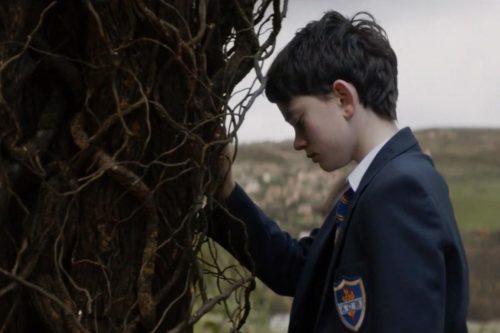
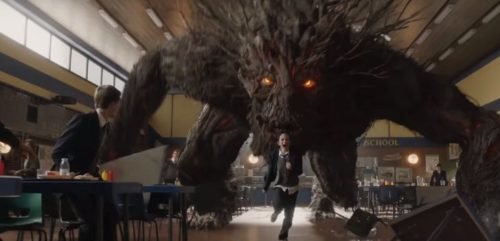
Despite the sentimental trappings of a boy losing his mother, “A Monster Calls” never feels emotionally manipulative. It is like one of The Monster’s stories: true, and therefore meaningful. The MPAA rated this film PG-13, for “thematic material and scary images,” but this is very much a film for the ten-and-up crowd—the kind to talk about afterwards.
4 out of 5 stars












